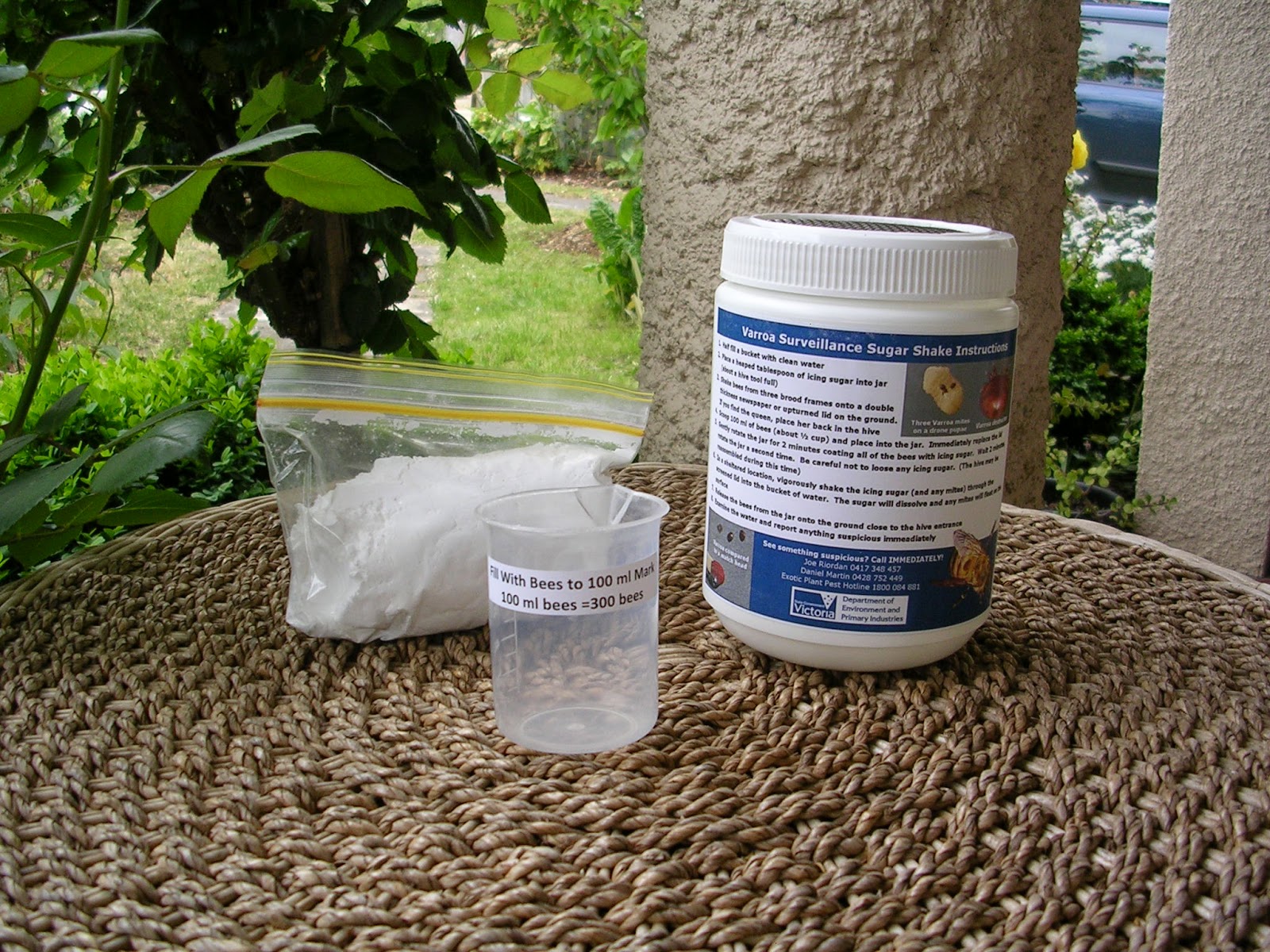The role of textile crafts in making useful items that are also beautiful has always appealed to me. Over the years I've become a reasonable knitter and I've learnt to sew basic clothes, as well as have a go at repairing damaged ones. An interest in sewing then sparked an interest in quilting - in particular 'scrap quilting' - the process of making patchwork quilts using fabric scraps left over from other sewing projects. That definitely pushes my sustainability button! I have a long way to go to get the hang of quilting ......... but hey, we all have to start somewhere.
One skill that has always interested and intrigued me is weaving. Woven fabric is so integral to the way we live that we take it for granted. So in the interests of wanting to know a bit more about making woven cloth, a couple of friends and I attended a Saori weaving workshop at Art Weaver Studio.
Saori is a form of hand weaving, founded 40 years ago in Japan by a lady called Misao Jo. According to Misao Jo, ""SA" of SAORI has the same meaning as the first syllable of the word "SAI" which is found in Zen vocabulary. It means everything has its own individual dignity. And the "ORI" means weaving". The difference between Saori weaving and other types of hand weaving is that it is a free-form, creative weaving style where the weaver is not trying to replicate the uniformity and precision that would be produced by a machine. No previous weaving experience is required in order to weave using this method and there are no strict rules to follow. Sounded perfect for me.
Art Weaver Studio is located in Box Hill and is run by Heather and Greg Walters. As well as being an accomplished weaver and teacher, Heather trained with Misao Jo's son, Kenzo Jo, at SAORINOMORI studio in Osaka, Japan.
When we arrived at the Art Weaver studio the compact Saori looms were set up ready for us to start weaving. Heather had beautiful garments and other woven pieces on display to help fuel our creative spirit. Once she had demonstrated the basics of how to use the loom we were free to choose some yarns for our project and get weaving. You can see part of the studio's extensive range of yarns and two of the looms in the picture below.
Once we had chosen our yarns the next step was to blend them together onto a bobbin to create even more colour combinations. I chose a range of blues, blending them with some other yarns to add interest. Here's a picture of my piece in progress:
 |
| Projects in progress |
I have to say, learning to weave in this way was a lot of fun. As we were weaving, Heather coached us in ways to add interest to our pieces. She also explained some of the techniques used to create the beautiful pieces displayed in the studio.
We had a break for a delicious Japanese lunch prepared by Greg:
Then it was back to the studio to complete our projects. The creativity of a bunch of people who had never woven before was quite amazing. Our completed pieces at the end of the day are shown below. Unfortunately my picture doesn't do them justice - viewed in the flesh the pieces were far more beautiful than my photo suggests.
My piece (second from right) was far from perfect but I was pretty pleased with my efforts, given it was my first go at weaving. It was surprising how much fabric we were able to create in a day.
I had a great time and highly recommend Art Weaver studio if you are interested in learning this type of weaving. I would love to go back and do another class.

















